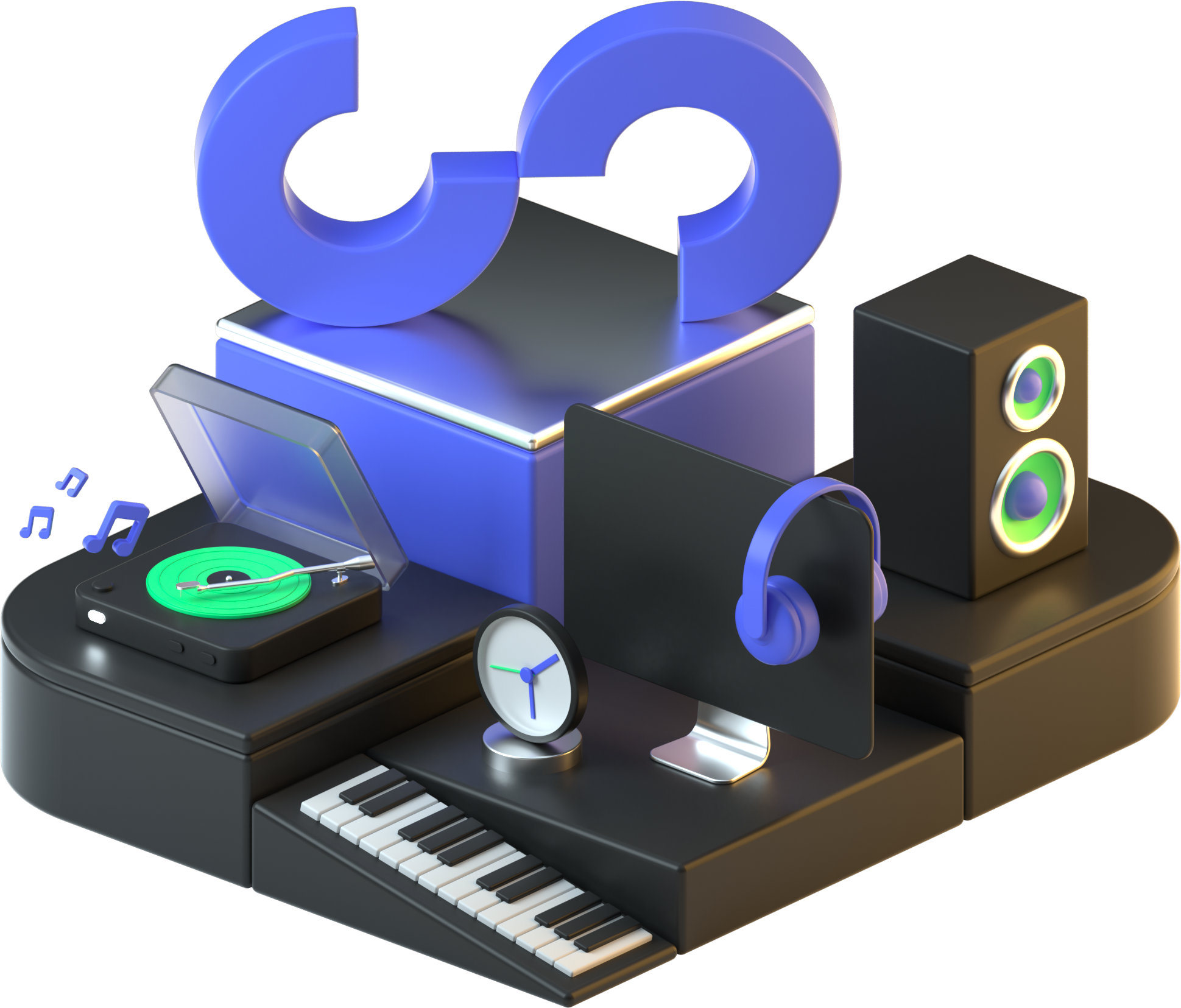When your artist arrives at a venue, it’s crucial to ensure all their requirements are clearly communicated so that everything runs smoothly. Imagine the chaos if your artist showed up and the setup wasn’t suitable for their performance. This is where a vital document called a rider comes into play.
A rider outlines everything an artist needs to successfully perform at an event. It serves as a precise guide for the promoter, ensuring the artist can deliver their performance comfortably and as planned. As a booking agent, it’s essential to create clear and detailed riders. If you’re interested in learning more about riders and how to craft your own, read on!
Tourmanager Diederik's Insights:
While riders are a crucial part of the booking process, they often spark discussions among the booker, promoter, and artist. Although the terms in a rider are as binding as a contract, it’s important to recognize that specific details or requests can sometimes be overlooked or miscommunicated. As a tour manager, it’s essential to identify which requests your artist considers non-negotiable and to communicate these clearly and in advance, to the booker and promoter. Striking a balance between being firm, reasonable, and flexible is key, as the nature of your requests can impact future bookings.
Types of Riders
The most essential rider is the technical rider. This document specifies all the music equipment an artist requires and how it should be arranged. While each artist has unique needs, a typical DJ’s equipment list might include:

• 4x Pioneer CDJ-3000
• 1x Pioneer DJM-900NXS2
• 1x Shure SM-58 Microphone
• 2x Booth monitor
After listing the necessary equipment, it’s crucial to provide clear setup instructions. A diagram showing the exact wiring and stage positioning is extremely helpful. Pioneer offers a range of diagrams on their website that you can use for your technical riders.
Other important details to include in your technical rider are:
• Ensuring all CDJs are linked and running the latest firmware
• Positioning booth monitors at ear level
• Providing enough stage space for performance
• Specifying acceptable table heights (Some DJ's like to climb on the booth)
If your artist needs additional production elements like co2 jets, confetti cannons, or pyrotechnics, these should also be detailed in the technical rider.
The second important rider is the hospitality rider. This document outlines how the artist should be cared for at the event when they are not on stage. While some artists are known for their extravagant requests, most keep it simple to maintain good relationships with promoters.
For a standard touring DJ, a hospitality rider might include:
• A bottle of vodka (or any other strong liquor) + mixers
• 6 beers
• 6 waters
• Towels (Things can get sweaty during a stage performance..)
Some artists have more elaborate requests, such as specific types of snacks or being driven around in a Tesla Model X. However, if you’re new to creating riders, it’s wise to start with the basics.
By following these guidelines, you can create effective riders that ensure your artist’s needs are met and help them deliver their best performance.
Thank you for reading the Stagent blog! For more insights into the music industry, artists, and artist management, explore our other posts. To elevate your artist management game, check out our platform, Stagent! Visit our homepage to learn more.



